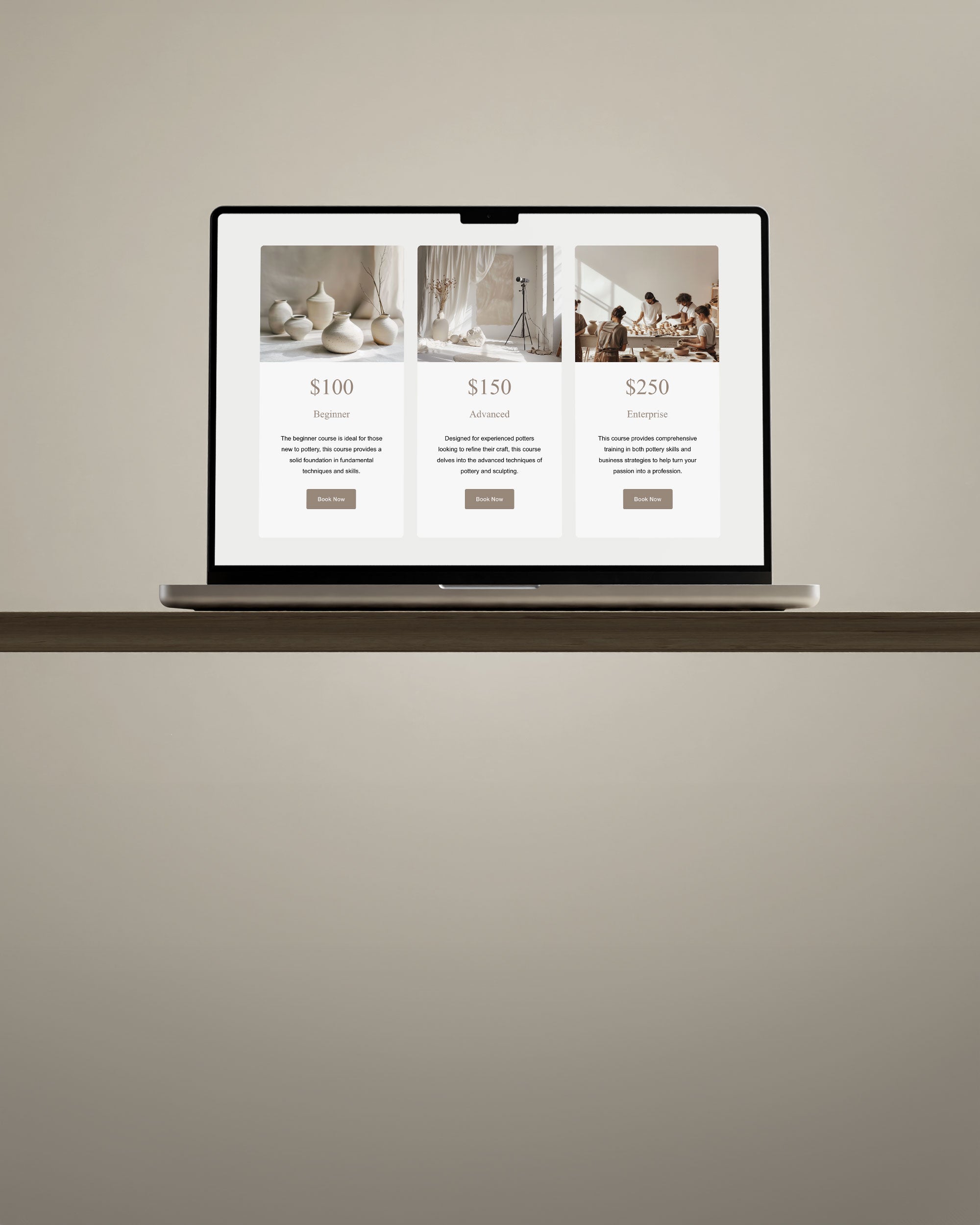Your graphic design portfolio is your most potent tool for showcasing your talent and attracting opportunities. Whether you're a seasoned professional or just starting your design journey, creating a portfolio that captivates your audience is crucial. In this guide, we'll reveal eight essential tips to help you craft a graphic design portfolio that not only shines but also stands out from the competition.
Table of Contents
- 1. Define Your Audience
- 2. Infuse Your Personal Brand
- 3. Highlight the Work You Love
- 4. Craft Compelling Narratives
- 5. Showcase Real-World Applications
- 6. Keep It User-Friendly
- 7. Inject Your Personality
- 8. Optimize for Mobile
- In Conclusion
1. Define Your Audience
Before you start building your portfolio, it's essential to understand who your target audience is. Are you aiming to attract potential clients for freelance work or are you seeking employment? Knowing your audience's identity and intentions will guide your portfolio design decisions. Consider including your resume, a list of services, case studies, and testimonials if you're looking for freelance work. If you want to establish a personal brand, showcase passion projects that reflect your unique personality. Tailoring your portfolio to your audience ensures it resonates effectively.
2. Infuse Your Personal Brand
To stand out in the competitive world of graphic design, implement your personal branding consistently throughout your portfolio. Personal branding goes beyond just a logo; it includes maintaining a cohesive visual identity with colors, typography, and imagery. Consistency in branding not only sets you apart but also builds credibility, assuring clients and employers that you're a professional who takes their craft seriously.
3. Highlight the Work You Love
When curating your portfolio, resist the urge to include every project you've ever done. Instead, focus on projects that genuinely excite you. Showcase work that aligns with your aspirations, whether it's a specific industry or type of project. This strategic curation helps attract the right clients and projects to your portfolio.
4. Craft Compelling Narratives
As a graphic designer, effective communication is as important as your design skills. Use storytelling to your advantage by explaining the "why" behind your design choices and the journey that led to the final result. Each project in your portfolio should tell a compelling story, providing insights into your problem-solving abilities and design process. Keep these narratives concise and engaging.
5. Showcase Real-World Applications
To make a powerful impression, include visuals that depict your graphic design work in real-world applications. Show how your designs would look on product packaging, storefront logos, or other practical contexts. If you lack real-world implementations, use mockups to demonstrate how your designs translate into the physical realm.
6. Keep It User-Friendly
Prioritize a clean and straightforward design that allows your work to shine. Ensure that your portfolio is easily accessible and scannable for viewers. Make your contact information and online profiles readily available. A user-friendly portfolio enhances engagement and leaves a positive impression on visitors.
7. Inject Your Personality
Infuse your personality into your portfolio, especially in the "About" section. Share your passion for design and provide insights into your creative process. Personal anecdotes add depth to your profile and make it more memorable. Be authentic and maintain a natural writing style.
8. Optimize for Mobile
In today's digital age, mobile-friendliness is crucial. Many visitors will access your portfolio on their mobile devices. Prioritize mobile optimization to ensure a smooth and intuitive browsing experience for all users.
In Conclusion
With these tips, you're well-equipped to create a graphic design portfolio that not only showcases your skills but also engages your audience effectively. Whether you're starting from scratch or refreshing an existing portfolio, use this opportunity to display your unique talents and authentic self to the world.
Remember, your portfolio is your canvas to express your design prowess. Use it wisely, and let it speak volumes about your creative journey.
Frequently Asked Questions
Q: How many projects should I include in my portfolio?
A: It's best to focus on quality over quantity. Include projects that best represent your skills and align with your goals, typically around 8-12 projects.
Q: Should I include personal projects in my portfolio?
A: Absolutely! Personal projects can showcase your creativity and passion. They demonstrate your versatility and dedication to your craft.
Q: What file format should I use for my portfolio images?
A: Use high-quality images in standard formats like JPEG or PNG. Ensure they load quickly to provide a smooth user experience.
Q: How often should I update my portfolio?
A: Regular updates are essential to keep your portfolio fresh. Aim to update it every 3-6 months or whenever you complete a significant project.
Q: Can I include client testimonials in my portfolio?
A: Yes, client testimonials add credibility to your work. Include them with the relevant project to showcase your client satisfaction.
Q: Is it necessary to include my resume in the portfolio?
A: Including your resume is a good practice, especially if you're seeking employment. It provides background information and your professional journey.
Q: How can I protect my portfolio images from being stolen?
A: You can watermark your images or use low-resolution versions online. However, consider that this may affect the viewing experience.
Q: Should I include pricing information for my services?
A: It's optional but can be helpful for potential clients. If you choose to include pricing, be transparent and clear about your services' value.
Q: What's the best platform to host my online portfolio?
A: There are various platforms like Behance, Dribbble, or even a personal website. Choose one that aligns with your goals and audience.
Q: How can I promote my portfolio to attract more visitors?
A: Utilize social media, networking, and SEO strategies. Engage with the design community and share your work to increase visibility.



